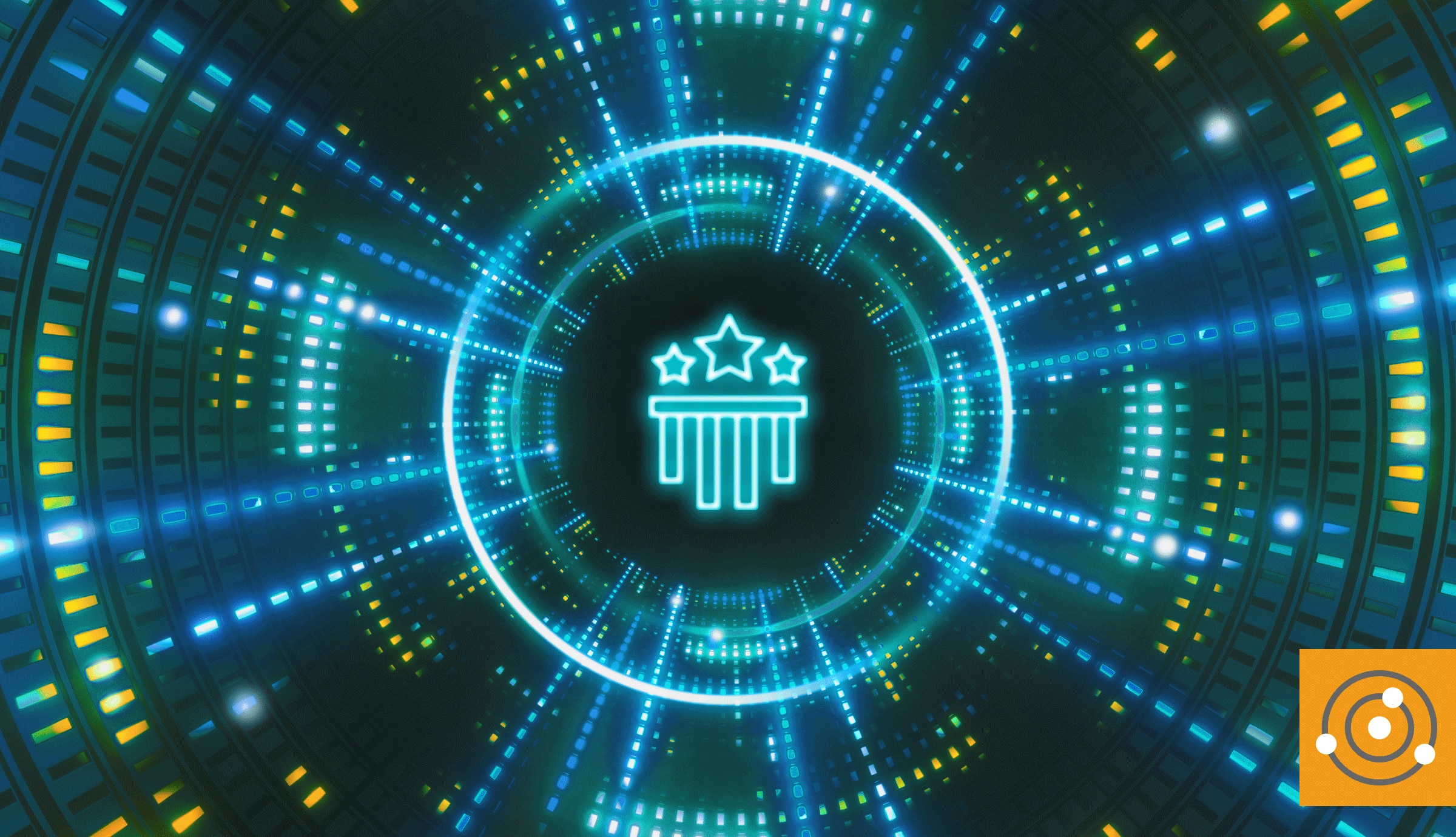By Paul Parker, SolarWinds Federal & National Government Chief Technologist
I like the idea of taking a holistic view of the user experience. Here's an interesting article from my colleague Joe Kim, where he introduces and discusses Digital Experience Monitoring (DEM).
Agencies are moving quickly from paper processes to digital services to providing critical information more efficiently online, rather than paper-based forms and physical distribution methods. As a result, about 30% of global enterprises will implement DEM technologies or services by 2020—up from fewer than 5% today, according to market research firm Gartner®.
What, exactly, is Digital Experience Monitoring? In a nutshell, it’s understanding and maximizing each individual user’s online experience.
DEM looks at the entire user experience: how fast did the home page load? Once it loaded, how much time did the user spend on the site? Where did they go? What did they do? Taking DEM even further, many agencies will gather information about the user’s device to help further understand the user experience: was the user on a smartphone or on a laptop? What browser?
Maximizing the user experience requires an incredible amount of data. This brings its own challenge: all that data can make relevant information difficult to find. Additionally, federal IT pros must be able to understand how the IT infrastructure impacts service delivery and the citizen experience.
Luckily, there are an increasing number of new tools available that help give context to the data and help the federal IT pro make highly informed decisions to maximize each citizen’s digital experience.
DEM tool benefits
DEM-specific tools provide a range of benefits that other tools do not. Specifically, because DEM inherently works with lots of data, these DEM tools are designed to help solve what have historically been thought of as big-data challenges.
For example, DEM tools have the ability to recognize patterns within large amounts of data. Let’s say a specific cluster of users is having a sub-optimal experience. Automatic pattern recognition will help the federal IT pro understand if, say, all these users are taking a particular route that is having bandwidth issues. Or, perhaps all these users are trying to access a particular page, form, or application on the site. Without the ability to recognize patterns among users, it would be far more difficult to find the root of the problem and provide a quick solution.
A DEM-specific tool can also identify anomalies, a historically difficult challenge to find and fix.
First, the federal IT pro must create a baseline to understand ordinary network behavior. With that in place, an anomaly is easier to identify. Add in the ability to apply pattern recognition—what happens before the anomaly each time it appears—and the problem and solution are far easier to find and implement.
And finally, because they can provide a historic perspective, DEM-specific tools can help the federal IT pro forecast infrastructure changes before implementation. Let’s say an agency is undergoing a modernization effort. Many DEM tools provide the ability to forecast based on the baseline and historic information already collected. A solid DEM tool will allow the federal IT pro to mimic changes, and understand the result of those changes throughout the infrastructure, in advance. The reality is, any infrastructure change can impact user experience, so being able to understand the impact in advance is critical.
Conclusion
Federal IT pros have been using performance monitoring tools for years. That said, the landscape is changing. Using ordinary tools—or, ordinary tools alone—may no longer be an option. It is important to understand the role DEM plays within agency IT departments. In turn, this allows you to recognize the value in bringing in the right tools to help perform this new, critical role.
Find the full article on our partner DLT’s blog Technically Speaking.







